1. Wife Carrying Competitions (Finland)

At first glance, this might seem like a quirky athletic event, but the roots of Finland’s wife carrying competitions are more unsettling. The tradition is said to be inspired by a 19th-century gang leader who stole women from neighboring villages and carried them away. Today, men sprint through obstacle courses with women slung over their backs, often using the “Estonian carry” where the woman dangles upside-down says Wikipedia.
While many couples enter these contests in good spirits, there’s an uneasy undertone when you consider its origin in abduction. The prize is often the wife’s weight in beer, which adds to the feeling that this is more about ownership than fun. Some people brush it off as harmless tradition, but once you dig deeper, it’s tough not to cringe adds AP News. It makes you wonder why we keep celebrating customs rooted in cruelty. Surely, we can find better ways to bond?
2. Foot Binding (China)
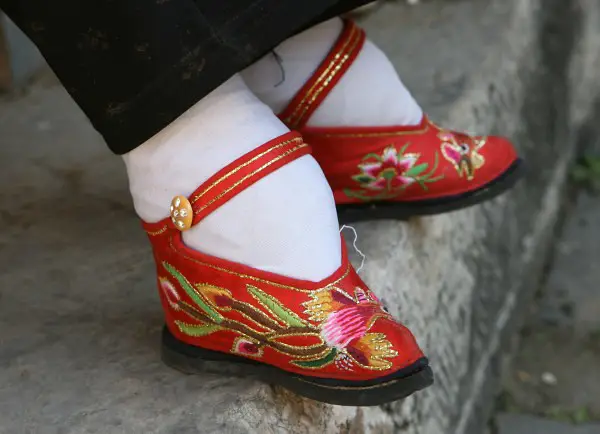
While no longer widely practiced, foot binding still lingers in some rural pockets of China, and its scars are very much alive in older generations. This centuries-old tradition involved tightly binding the feet of young girls to change their shape, creating what was once considered a symbol of beauty and status says Harvard Gazette.
The process was excruciating and led to lifelong disabilities. Girls as young as five were subjected to it, their toes broken and bound to the soles of their feet. Even though it’s officially banned, some elderly women still carry the trauma in silence, and others quietly pass down stories that preserve the mindset behind it. The haunting part is how deeply it was normalized for so long. It’s a chilling reminder of how far people will go to meet an impossible ideal shares Smithsonian Magazine.
3. Bullfighting (Spain and Latin America)

Bullfighting is often described as a dance, an art form—but it ends in blood. In this spectacle, matadors face off against bulls, taunting them, injuring them, and finally killing them in front of cheering crowds. In Spain, it’s still considered a proud tradition, taught from a young age and protected as part of the culture.
But behind the colorful costumes and cheers is an animal slowly dying for entertainment. The bull is exhausted and in pain long before the final blow. Many regions have banned it, but it persists in others, even drawing tourists who see it as a must-see cultural event. Watching something suffer for sport is deeply unsettling, no matter how it’s dressed up.
4. Trokosi (West Africa)
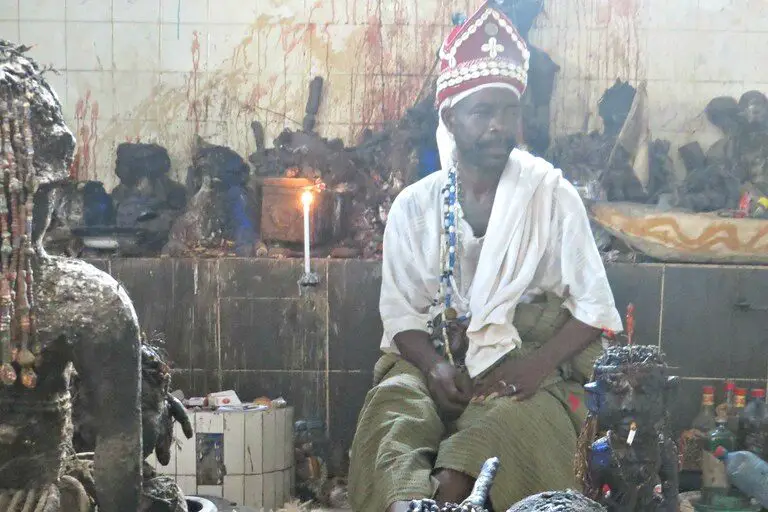
In parts of Ghana, Togo, and Benin, there’s a deeply disturbing ritual called trokosi, where young girls are sent to live in shrines as offerings to atone for the sins of family members. These girls, some as young as seven, live in servitude for years—or even their entire lives.
They’re often denied education, forced into labor, and subjected to abuse. It’s a practice rooted in religious tradition, but it’s more about control and exploitation than any kind of spiritual cleansing. Activists have worked to end trokosi, but the system is still alive in secret. What’s most heartbreaking is that these girls are treated as punishment for something they didn’t do. Generational guilt should never fall on a child.
5. Female Genital Mutilation (FGM)
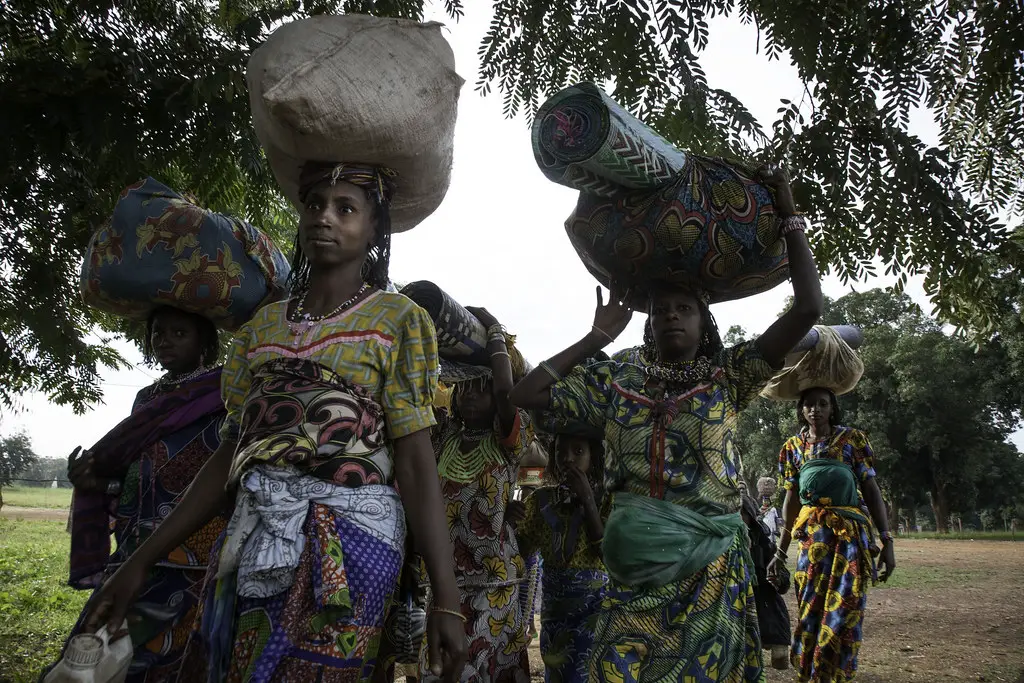
FGM is still practiced in over 30 countries, often under the guise of preserving purity or preparing a girl for marriage. It involves the partial or total removal of external genitalia, usually without anesthesia, and often performed by someone with no medical training.
The physical and emotional damage can last a lifetime. Victims suffer infections, chronic pain, and complications during childbirth. While many global organizations are fighting to end it, cultural resistance is fierce, with communities fearing social exclusion if they abandon it. It’s hard to imagine something so brutal being seen as normal. And yet, for millions of girls, it still is.
6. Honor Killings

In some cultures, a family’s “honor” is considered more valuable than a person’s life. Honor killings are acts of murder—often of women—committed by relatives who believe the victim has brought shame to the family. This could be for something as simple as refusing an arranged marriage or speaking to the wrong person.
While illegal in most countries, honor killings still occur in parts of the Middle East, South Asia, and even among immigrant communities in the West. The worst part? They’re often not prosecuted or are even condoned by local communities. The idea that someone’s life is worth less than a reputation is terrifying. And it shows how deeply rooted toxic beliefs can be.
7. Dog Meat Festivals (China and South Korea)

The Yulin Dog Meat Festival in China is infamous for the cruelty involved—thousands of dogs are slaughtered and consumed over several days. Many of these dogs are stolen pets, kept in cages, and brutally killed.
Defenders claim it’s part of their culinary tradition, but others argue it’s pure savagery. Animal rights activists have fought hard to shut it down, but it continues to this day. What makes it worse is the footage that leaks out—dogs trembling in fear, cages piled high, blood in the streets. It’s enough to turn anyone’s stomach. In a world with so many food options, this just feels unnecessary and cruel.
8. Neck Elongation (Myanmar and Thailand)

Among the Kayan people in Myanmar and parts of Thailand, some women wear brass neck rings from childhood that gradually push down their collarbones, giving the appearance of an elongated neck. It’s seen as a symbol of beauty and cultural identity.
But it’s not without cost. The rings can deform the body and make it difficult to remove them later in life. Some women feel pressured to keep them on for tourism purposes, essentially becoming living exhibits. There’s beauty in cultural preservation, but not when it harms someone’s health or reduces them to a photo op. The weight of tradition can be both literal and figurative.
9. Baby Tossing (India)
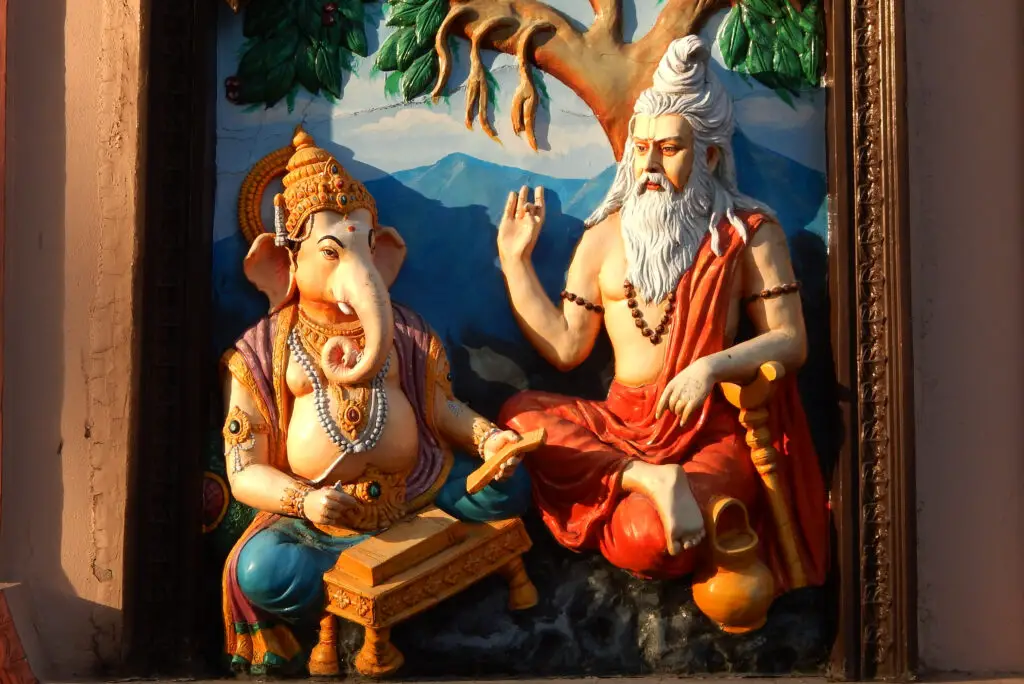
In a few rural parts of India, there’s a tradition where babies are tossed from temple rooftops—sometimes from heights as high as 30 feet—onto a sheet held by people below. It’s believed to bring good luck and ensure a long, healthy life for the child.
While officials have tried to ban the practice, it still happens in secret. The babies often scream in terror, and while injuries are rare, the risk is undeniable. It’s a terrifying sight to witness, and many outsiders are horrified to learn it still exists. The intention may be rooted in care, but the method is reckless. A child’s well-being should never be a gamble.
10. Whipping Boys (Some African Tribes)
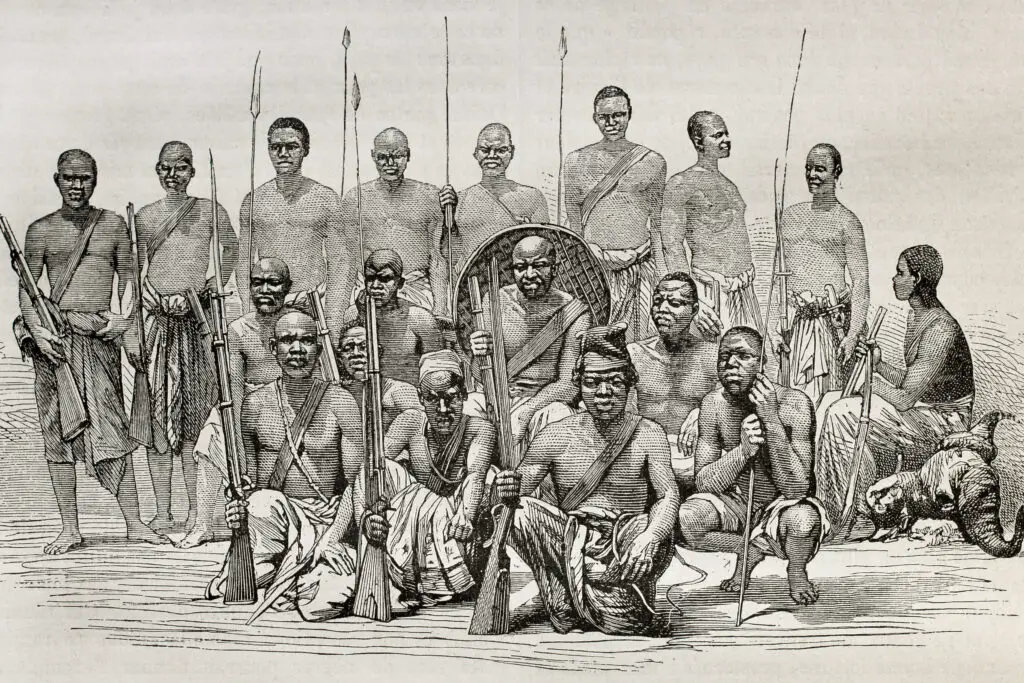
In certain rites of passage, boys are subjected to brutal whippings to prove their strength or manhood. These ceremonies are often public, with families watching—and cheering—while boys bleed.
Scars are worn like badges of honor, but the psychological trauma runs deep. The idea is to toughen them up for adulthood, but it often teaches that pain equals pride. The line between tradition and abuse gets blurry very fast. There’s got to be a better way to raise confident, resilient men than beating the sensitivity out of them.
11. Self-Flagellation (Shi’a Muslim Rituals)
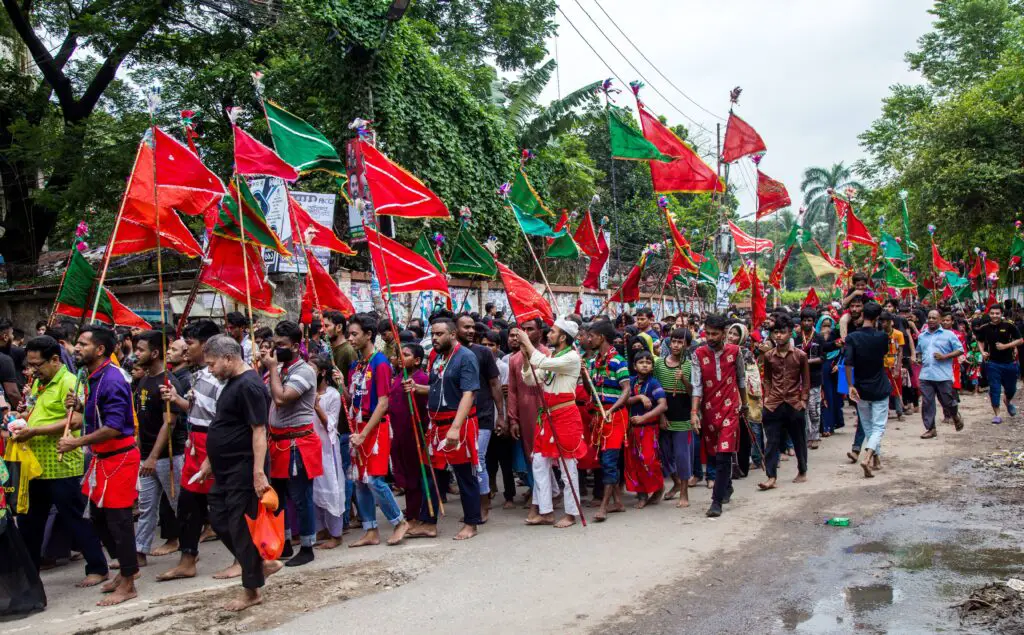
During Ashura, some Shi’a Muslim communities commemorate the martyrdom of Husayn ibn Ali by whipping themselves with chains or cutting their foreheads with swords. It’s an act of mourning, meant to symbolize shared suffering and devotion.
But the spectacle can be shocking—men, and sometimes boys, covered in blood as crowds look on. It’s banned in some places but still occurs in others, often passed down as a sacred duty. For many, it’s a deeply personal act of faith. But when children are involved or it turns into a public show of pain, the line between devotion and danger blurs quickly.
12. Scarification (Parts of Africa and Papua New Guinea)

In some communities, especially in West Africa and Papua New Guinea, scarification is a rite of passage or symbol of beauty, status, or tribal identity. Intricate patterns are cut into the skin using razors or knives, and then rubbed with ash or other substances to raise the scars.
While those who undergo it often do so willingly, it’s still a painful process with a risk of infection. Young boys and girls are often expected to participate, with little choice in the matter. It’s one thing to choose it as an adult—but another when it’s a cultural expectation placed on a child. The scars last forever, physically and emotionally. It’s hard not to feel a pang of discomfort when something so painful is normalized.
13. Tooth Filing (Bali, Indonesia)

In Bali, tooth filing is a coming-of-age ritual that involves chipping and smoothing the upper canines to reduce animalistic traits like greed and anger. It’s often done before marriage or after a family member dies.
The belief is that it purifies the soul—but it’s not exactly a gentle process. Participants lie back as traditional tools are used, often without modern anesthesia. Many say it’s more uncomfortable than painful, but it’s still intense. Even teenagers are expected to go through with it, regardless of fear or discomfort. Cultural identity is powerful, but pain shouldn’t have to be part of it.
14. Kavadi Attam (Tamil Nadu, India and beyond)
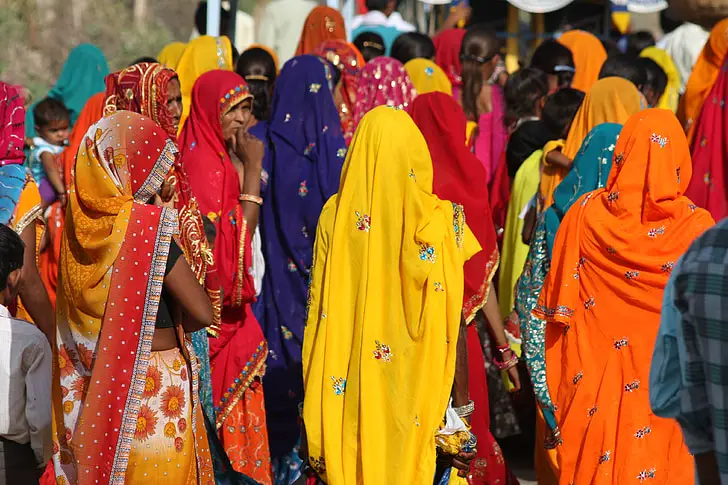
This ritual involves extreme body piercing and acts of self-torture in devotion to the Hindu god Murugan. Devotees might pierce their cheeks, tongues, or even pull chariots using hooks embedded in their skin.
Despite the agony, participants claim to feel little pain due to a trance-like state brought on by prayer and fasting. It’s meant to show dedication and seek blessings, but the sight can be gut-wrenching. Blood, swelling, and infections are common risks. While deeply spiritual for some, it raises questions about the intersection of faith and harm. Devotion shouldn’t have to hurt this much.
15. Sati (India – Rare but Reported)

Though officially banned, instances of sati—the practice where widows throw themselves (or are forced) onto their husband’s funeral pyre—have still been reported in rural India. It’s a chilling tradition that stems from the belief that a woman’s life ends when her husband’s does.
Most modern Indians denounce it, and laws punish those who promote or assist in it. Still, in small, isolated areas, whispers of it persist. Some women are coerced through emotional manipulation or pressure from the community. It’s hard to believe something so extreme ever existed, let alone still happens. A woman’s worth shouldn’t be tied to her husband’s life—or death.
